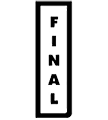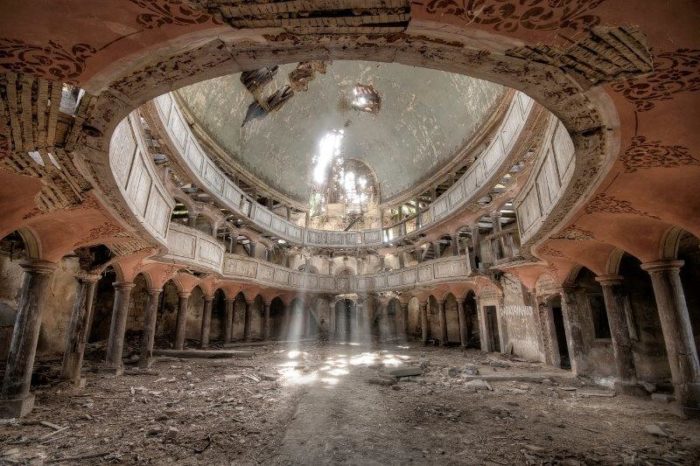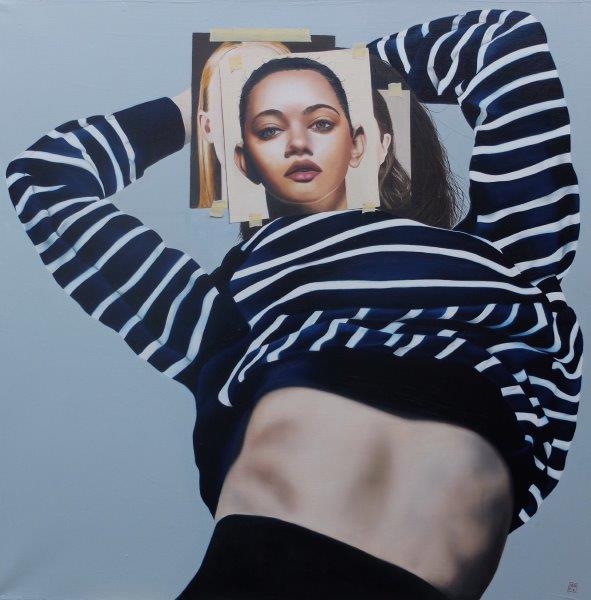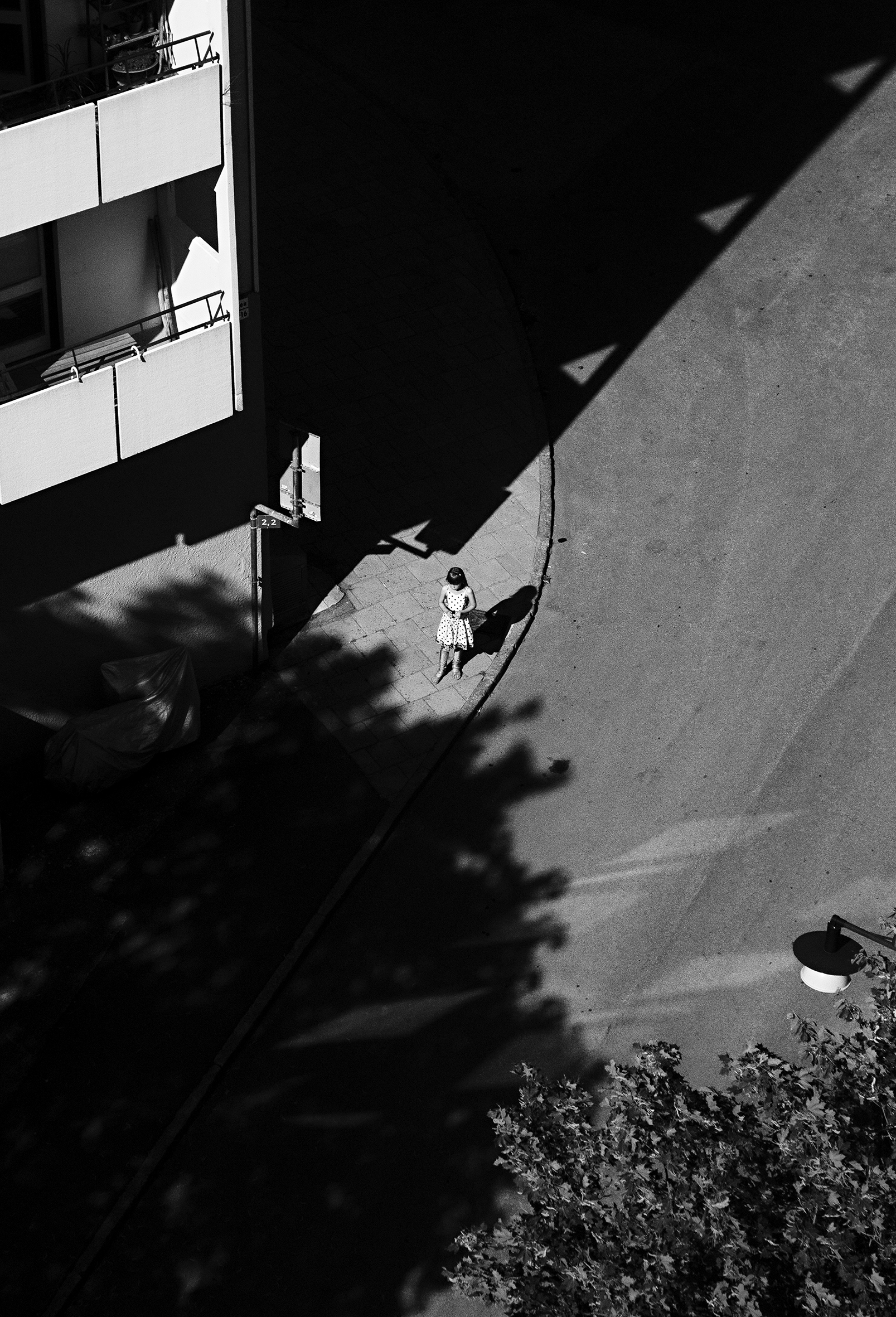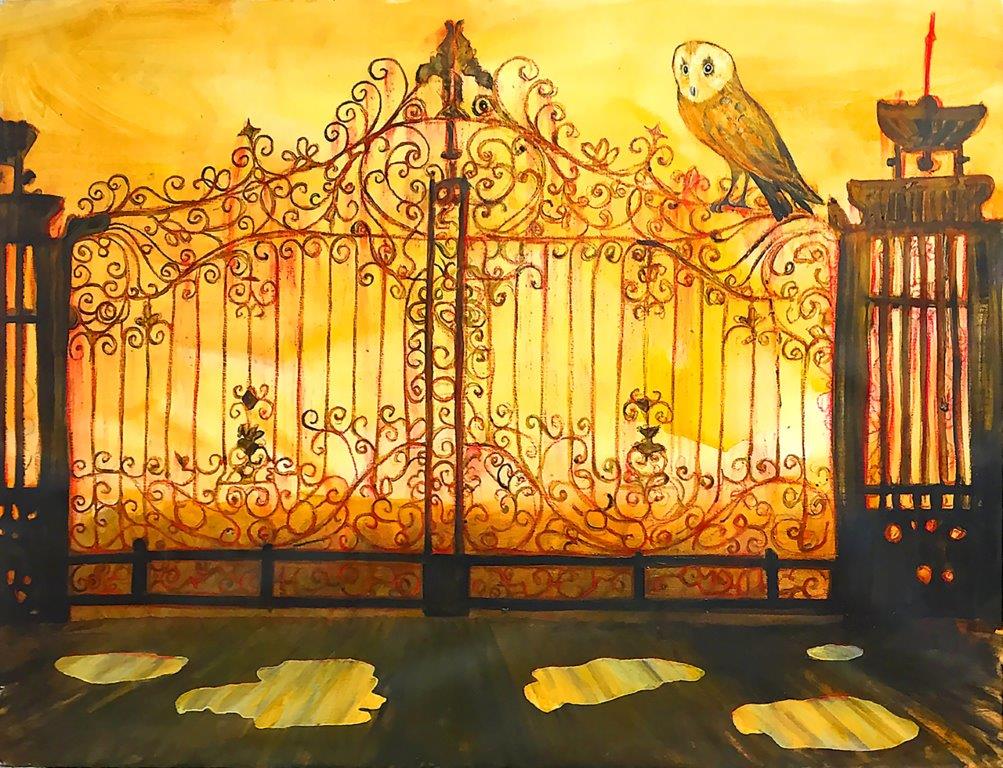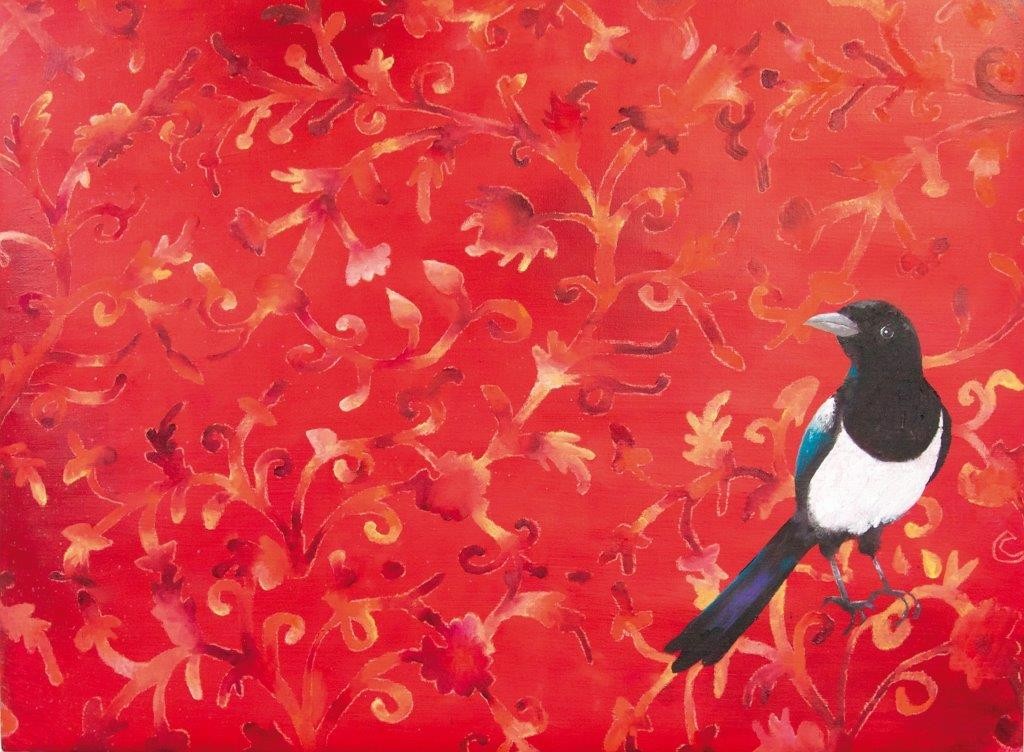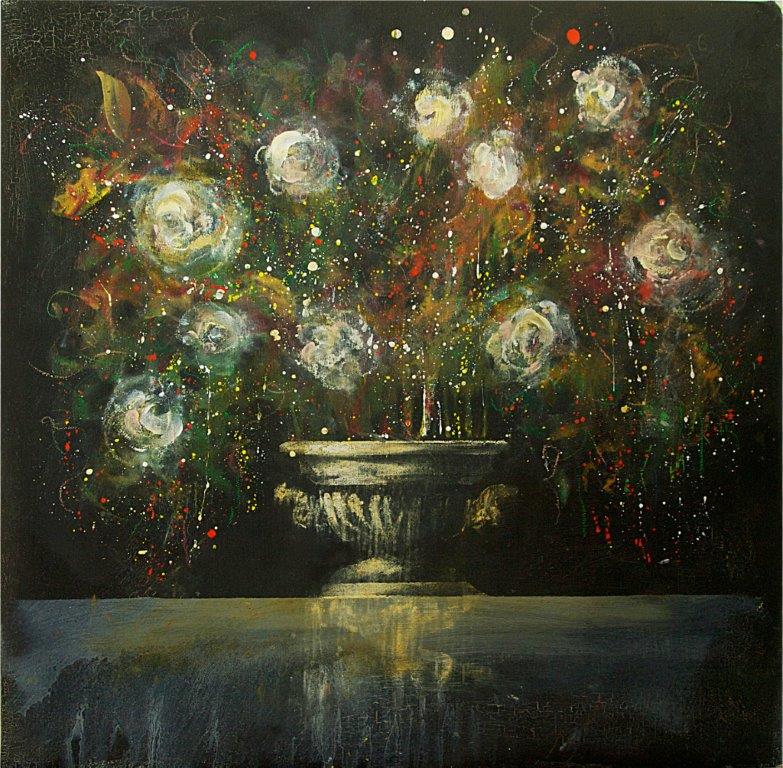Emma & Åke Arenhill
24 November – 22 December
Åke Arenhill
21 år(nästan) har förflutit, sedan den dag då Åke Arenhill invigde Galleri Final.
Det blir åttonde gången som Åke gästar oss. Denna gång tillsammans med sin dotter Emma.
Född 1920 och bosatt i Malmö. Konstnär. Illustratör. Scenograf. Tv-profil. Författare. Tonsättare. Arenhills epitet är många.
LUSTEN OCH RÄDSLAN
Första gången vi träffades synade Åke mig noga. Det var utanför hans ateljé och jag hade fått precis fått en likadan på andra sidan svalen.
”Vad gör du här?”
”Samma som du. Jobbar”
”Med vadå?”
Sedan blev vi vänner. Och jag förstår hans misstänksamhet. För den som arbetar tolv timmar om dagen vill så klart inte blir störd eller slänga bort sin tid på oväsentligheter.
”Har du formulerat för dig själv vad du vill förmedla, vad du vill ge?”
”När jag arbetar är jag glad om jag kan få upp en smula som jag inte sett tidigare och förmedla vidare. Jag vill ge betraktaren en känsla av vad detta är fantastiskt, så märkligt och så stort livet kan vara”
Därmed är vi tillbaka där vi började. Istället för att problematisera eller gestalta sina skräckfyllda känslor, arbetar Åke med att bemästra dem genom att skildra motsatsen.
Driven av rädslan förmedlar han lusten.
Torbjörn Flygt, författare, ur boken ”ARENHILL”
Emma Arenhill
Det är tredje gången som Emma gästar oss tillsammans med sin pappa Åke.
Född 1974 och idag bosatt i Stockholm.
Emma kommer att visa en serie fotografier som aldrig tidigare visats.
Starka, tidlösa, berörande.
Förhoppningen är att bilderna slår an något i betraktaren och det behöver inte vara samma sak som jag kände eller tänkte när bilden kom till. Mina bilder är i allra högsta grad självbiografiska men min önskan är att de samtidigt kan upplevas som allmängiltiga bilder av vad det är att vara människa och de känslor vi alla har av smärta, sorg, förlust, livsbejakande rörelse, introspektion och behov av att nå ut ur våra ensamheter och dela våra erfarenheter.
Varmt välkommen
